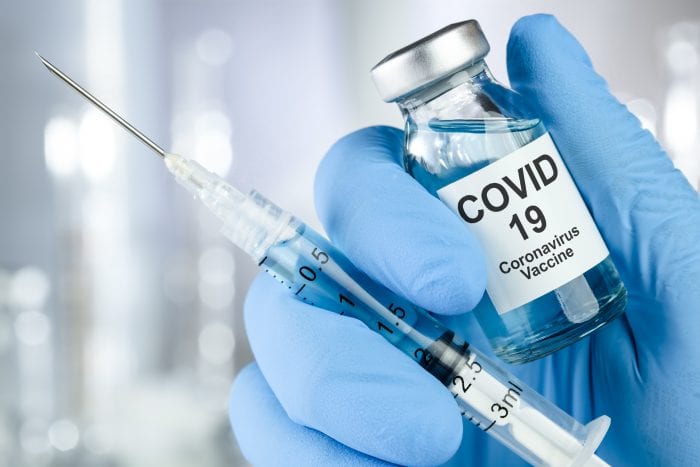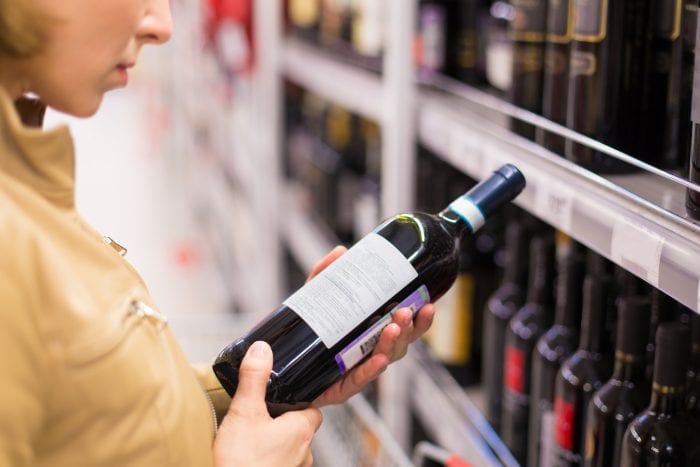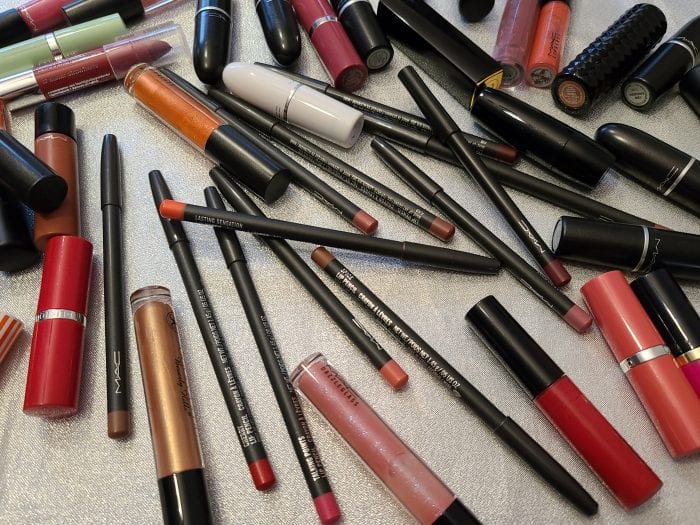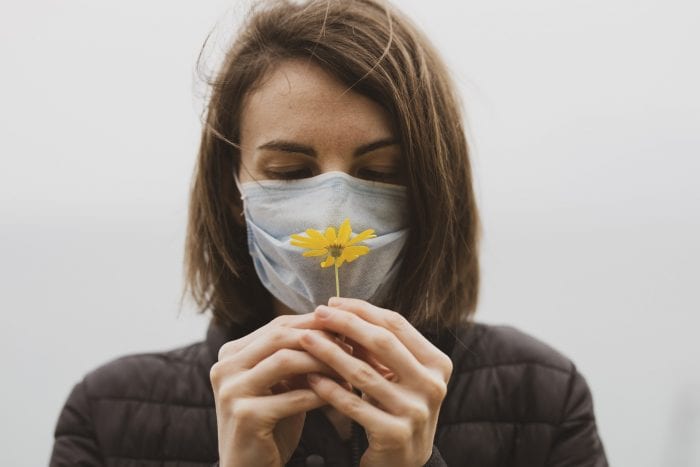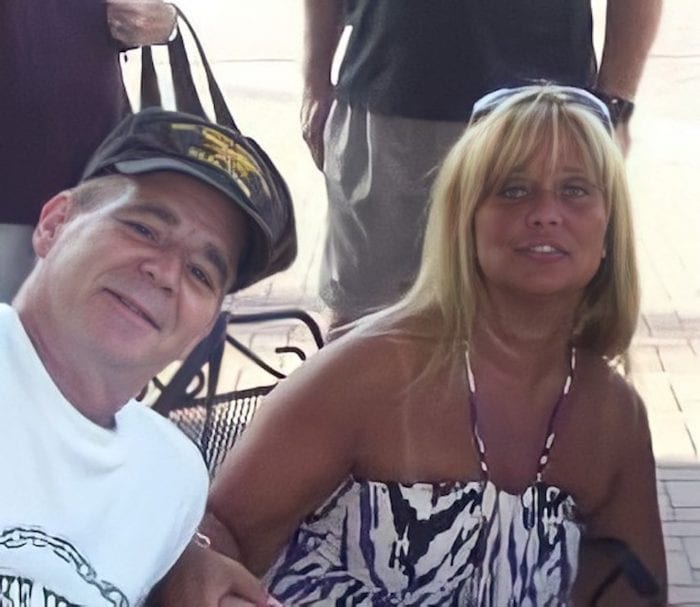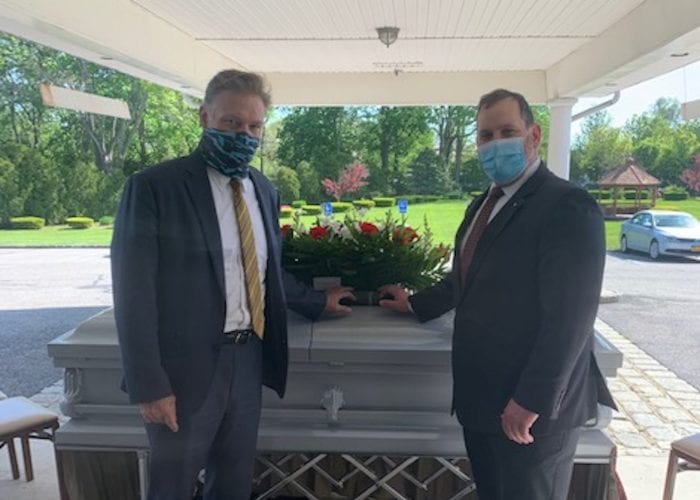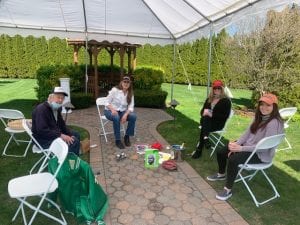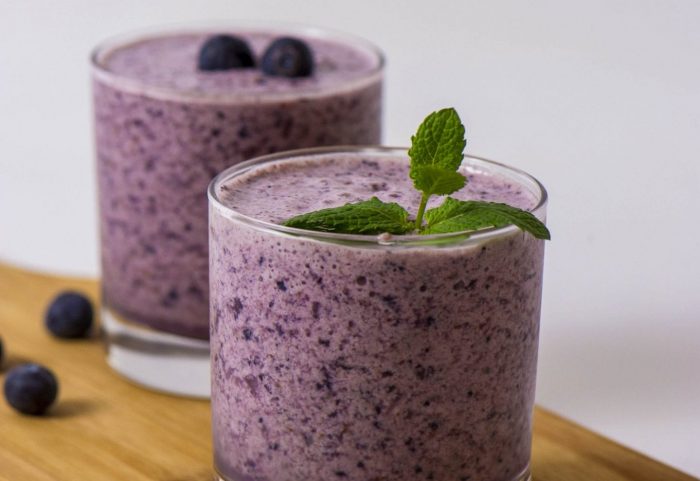One of the larger centers for the Novavax vaccine trials, Stony Brook University Hospital recruited 376 patients for a potential fourth vaccine against COVID-19 .

The Gaithersburg, Maryland-based company announced earlier this week that its vaccine was effective in 90.4% of the participants in its phase 3 trials, which is typically the last clinical hurdle before approval from the Food and Drug Administration. The trials occurred in the United States and Mexico.
With 30,000 people participating in the clinical study, the Stony Brook participants accounted for about 1.25% of the total study group.
“The quality of our data is among the highest,” said Benjamin Luft, chief investigator of the Novavax trial and director and principal investigator of the Stony Brook WTC Wellness Program.
At its peak, the Novavax trials, which began on Dec. 28, involved 10 to 12 full-time staff at Stony Brook to prepare and administer the vaccines.
“The staff worked extremely hard,” Luft said. “I think everybody takes a great deal of satisfaction in being a small part of this great machine that ultimately produced these vaccines that we all benefit from.”
Novavax reportedly plans to produce as many as 100 million doses of the vaccine per month starting in the third quarter and as many as 150 million per month in the fourth quarter.
The Novavax vaccine, which received $1.6 billion from Operation Warp Speed in 2020, differs from the other three approved vaccines. Pfizer/BioNtech and Moderna use messenger RNA and the Johnson & Johnson vaccine uses a combination of the gene for the spike protein with an altered adenovirus, which causes the common cold.
Novavax, by contrast, uses a piece of the spike protein from COVID-19 to train the immune system to recognize the foreign invader.
Vaccine providers can store the Novavax vaccine, which requires two doses, at typical refrigerator temperatures, unlike the mRNA vaccines, which require ultra cold storage. The Novavax vaccines are usable for up to three months after they are stored.
Luft said the vaccine might have a real benefit in places that don’t have these cold storage facilities.
Earlier one morning this week, Luft received several emails from colleagues in South America who had heard about the trial and knew he was involved.
“They are so excited for their countries that they could get access to such a vaccine,” Luft said.
The clinical trials for Novavax occurred at a time when the original Wuhan strain, which formed the basis for the vaccine, wasn’t the only COVID-19 threat.
“The variants that were in the community were different” during the Novavax trial, Luft said. The vaccine was not retooled for the new variant, which is what made the results so encouraging.
Like the other vaccines, the Novavax vaccine had some side effects, which included fever, head aches and soreness at the site of the injection that went away over the course of a day or two.
At this point, Novavax plans to submit its data for potential approval to the Food and Drug Administration by the end of the third quarter.
Luft expressed his appreciation for the opportunity Stony Brook and the residents in the area who participated in the study had to contribute to this effort.
“I was just so delighted” with the results, Luft added. “It was just so gratifying to be a part of the cog in the great wheel” for a process that proved effective.

